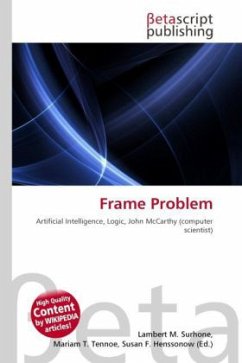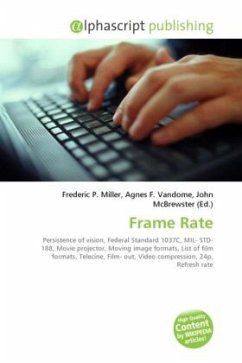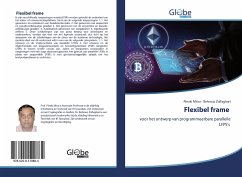
Frame Problem
Versandkostenfrei!
Versandfertig in 6-10 Tagen
23,99 €
inkl. MwSt.

PAYBACK Punkte
12 °P sammeln!
High Quality Content by WIKIPEDIA articles! In artificial intelligence, the frame problem was initially formulated as the problem of expressing a dynamical domain in logic without explicitly specifying which conditions are not affected by an action. John McCarthy and Patrick J. Hayes defined this problem in their 1969 article, Some Philosophical Problems from the Standpoint of Artificial Intelligence. Later, the term acquired a broader meaning in philosophy, where it is formulated as the problem of limiting the beliefs that have to be updated in response to actions. The name "frame problem" de...
High Quality Content by WIKIPEDIA articles! In artificial intelligence, the frame problem was initially formulated as the problem of expressing a dynamical domain in logic without explicitly specifying which conditions are not affected by an action. John McCarthy and Patrick J. Hayes defined this problem in their 1969 article, Some Philosophical Problems from the Standpoint of Artificial Intelligence. Later, the term acquired a broader meaning in philosophy, where it is formulated as the problem of limiting the beliefs that have to be updated in response to actions. The name "frame problem" derives from a common technique used by animated cartoon makers called framing where the currently moving parts of the cartoon are superimposed on the "frame," which depicts the background of the scene, which does not change. In the logical context, actions are typically specified by what they change, with the implicit assumption that everything else (the frame) remains unchanged.












